Best Product Roadmap
-
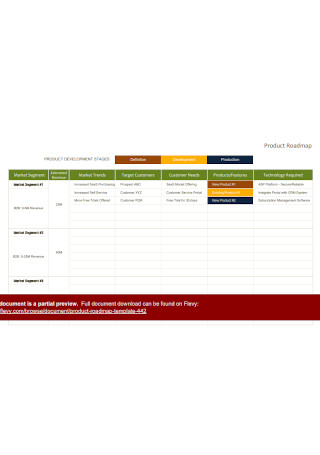
Product Development Stages Roadmap Template
download now -
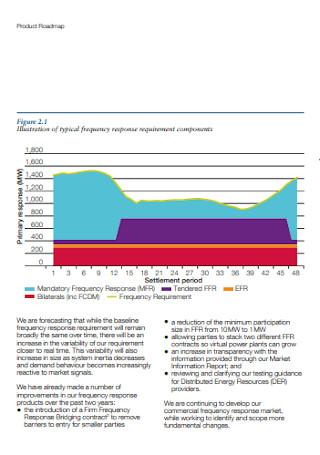
Sample Product Roadmap Template
download now -
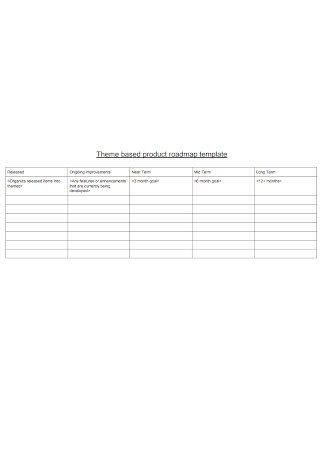
Theme Based Product Roadmap Template
download now -
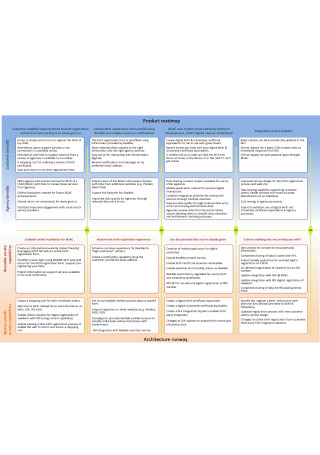
Simple Product Roadmap Template
download now -
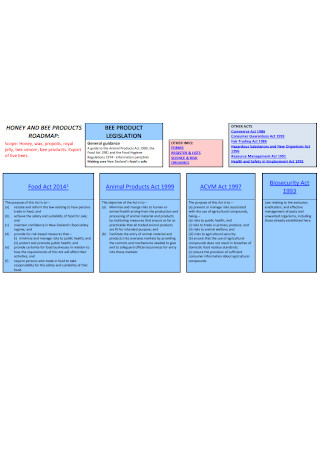
Honey and Bee Product Roadmap
download now -
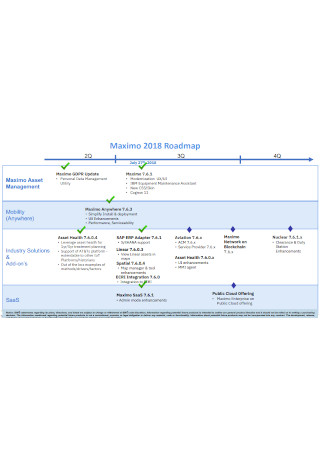
Basic Product Roadmap Template
download now -

Sample Product Roadmap Example
download now -
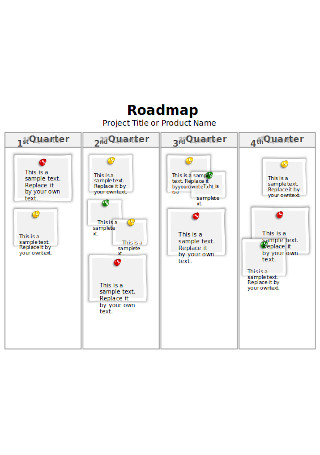
Product Roadmap Sample in Format
download now -
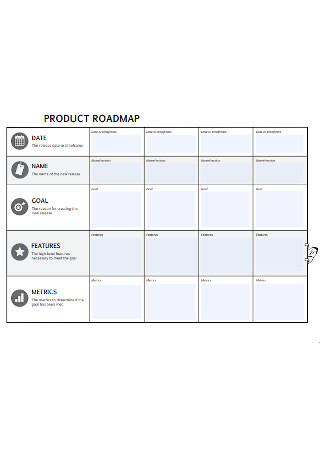
Simple Best Product Roadmap
download now -
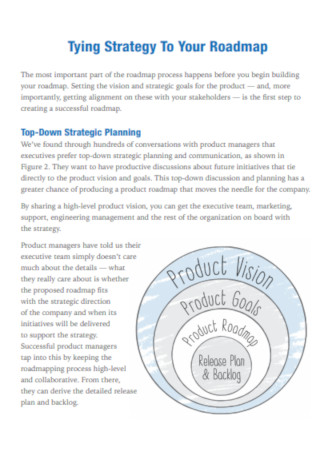
Sample Product Strategy Roadmap
download now -

Roadmap for New Product Development Template
download now -
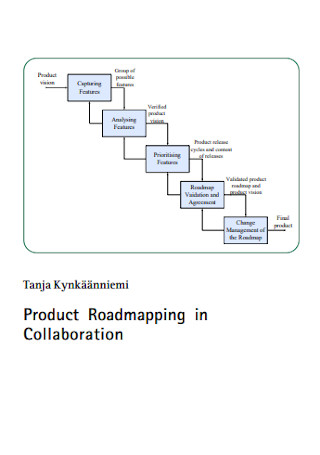
Product Roadmapping in Collaboration Template
download now -
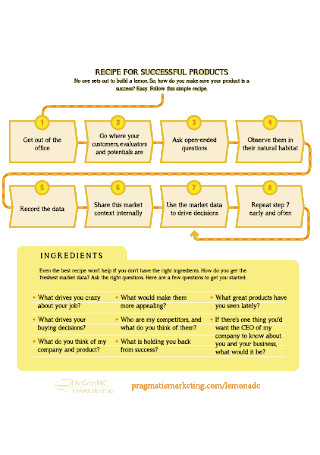
Sample Marketing products Roadmap Template
download now -

Sample Control Product Roadmap
download now -
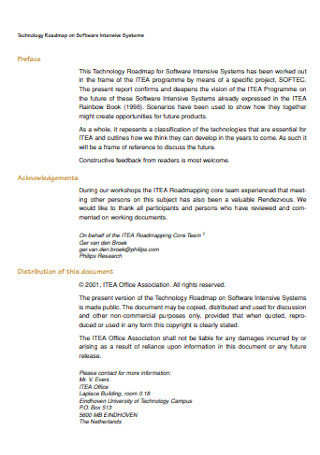
Sample Technology Product Roadmap
download now -
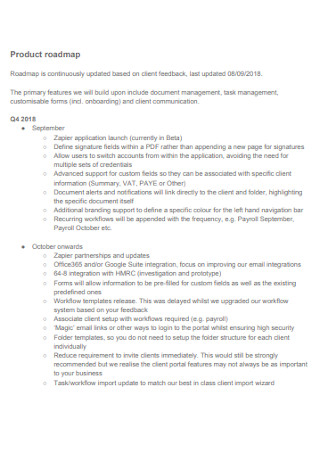
Product Roadmap Format
download now
FREE Best Product Roadmap s to Download
Best Product Roadmap
What Is a Product Roadmap?
The Types of Product Roadmaps
Why Use a Product Roadmap?
How to Create the Best Product Roadmap
FAQs
What is the external and internal product roadmap?
What is a product backlog?
Whose responsible for making the product roadmap?
What Is a Product Roadmap?
A product roadmap is essentially a visual presentation of a product’s development plan over time. It shows how a product progresses as it accomplishes different objectives. It serves as a communication tool between key stakeholders in its direction as it assesses market needs and requests. It “maps” a product’s path as it gradually evolves to meet consumer needs and expectations.
A product roadmap takes in the observations of what has changed in the face of society and the market’s preference in the market. Change is a reality that everyone grapples with, but it’s an even more crucial issue in the business arena.
Before the introduction of smartphones with high-powered camera features, Kodak took the highlight for every occasion’s snaps. Its raw and developed films made their way to every household album. The rise of the camera giant peaked in the 1970s, where it reached more than $10 billion in global sales, pushing all of its competitors off the face of the market.
However, it failed to analyze the potential of digital cameras critically. At the turn of the next decade, when Sony first introduced its first electronic camera, Mavica, in 1988, which paved the way for the rise of digital photography, the company noted a significant decline in sales.
Kodak struggled to keep its position as the leading name in the photography industry by releasing its own digital camera models from 1991 up until 2011, only to fail each time. Ultimately, it filed for bankruptcy in 2012.
That marked an end to Kodak’s century reign in the industry. But never was there any brand more synonymous with photography itself than Kodak. It’s success made history. Had it successfully laid its product plan, it would have still been a huge name in the present market. This goes to show how setting a concrete plan for your products is a huge deal in business management.
The Types of Product Roadmaps
Your roadmap should snuggly fit into your product’s composition for it to effectively relay its plans to the responsible stakeholders and partners. That’s why roadmaps vary according to their purpose and product characteristics. There are three types of product roadmaps:
Executive Product Roadmap
An executive product roadmap shows how your product’s development path will be able to accomplish the company’s goals. It allows executives to do their part in making the necessary connections to make to execute the strategic plan. It’s also a way for everyone involved in the process. It allows them to know what they’re responsible for and how their tasks will contribute to the overall objectives. Its focus lies on the return of investment (ROI), consumer information, and their market share.
Engineering Product Roadmap
This product roadmap is detail-oriented as it presents the product’s features and milestones in detail. Because it’s intended for engineers, it contains more specifications covering a limited time frame compared to an executive roadmap’s overall picture and broader schedule. For this type, it’s important that every relevant detail is covered. It should include the work description of those involved in the process and a definite schedule of the tasks.
Sales Product Roadmap
Marketing is just as important as developing the product to suit your consumer’s preference. A sales product roadmap takes the information on the product’s plans and progress in the market and hands it over to the sales team. This helps the latter create the sales pitch to win over potential clients, sweep bids, or make successful deals. The better your sales team knows about the product and its future improvements, the better and more accurate presentation they’ll be able to make. While they won’t be able to showcase the entirety of the plan to the audience, offering a peek of what the may become in the near future surely helps them get the lead.
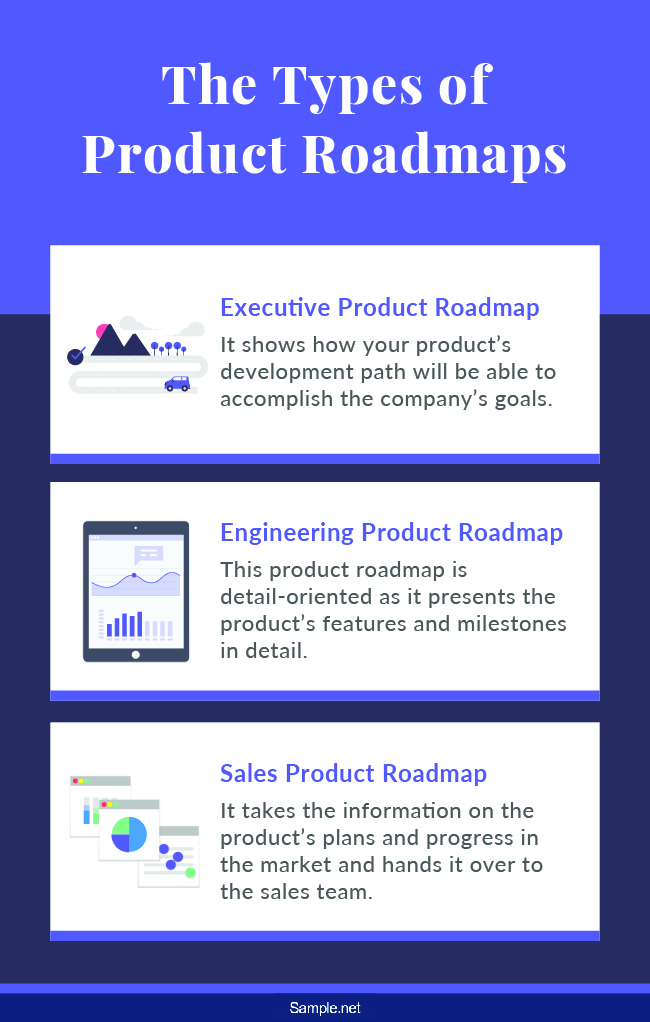
Why Use a Product Roadmap?
Knowing what business path to take and what plans to fulfill puts any entrepreneur at ease. Without the knowledge or the initiative to plan for what’s ahead only fuels skepticism. While being in the industry is uncertain, having a comprehensive and well-researched outline of your business’s future ventures is significantly reassuring. This is a product roadmap’s greatest advantage. However, it offers a wider array of uses in the different areas of the operations. Below are some of the benefits of having a roadmap:
How to Create the Best Product Roadmap
Your product’s progress structure as it goes through the market should be a plan intended for no less than success. A product roadmap is a key tool in making that come true. Below are some best practices in making a product roadmap:
Step 1: Wear Your Customer’s Shoes
When setting down your plans for the roadmap, you should set your focus on your customer’s needs. Draw up a market research and identify which solutions rank high on your customer’s preference. Your plan should revolve around the question, “What would my consumers demand in my product?” This sets up a solid basis for your innovations and strategies. You may have an abundant repertoire of technical and professional opinion, but your customer’s voice should never be invalidated. After all, they’re the ones who’ll measure your product’s success in the market.
Step 2: Make Justifiable Strategies
You might stress over which product feature or development you should release to the market next. However, this shouldn’t be your priority. Your focus should be on what goal you want to achieve and how you will align your business plan with it. Let your goals justify your strategies. Before you pore over how your product should evolve in the next months, know why you want to do so. Establish firm objectives first.
As an example, if you’re releasing a shopping application, your goal might be to let your customers immediately scan for their favored items without having to search for it. From this goal, you might want to update your software by modifying its settings with a filter option. This way, every product they prefer will immediately appear on their feeds. A bigger goal allows ample space for more ideas.
Step 3: Use a Broad Time Frame
With a product roadmap, there’s no telling when a project will commence and when it will finish. Confining your plans in a specific and tight timeline only builds up the pressure. Instead of setting the exact date figures, using a broad time frame on the layout is more viable. Plotting down your timeline to monthly and quarterly schedules leaves ample room for your team to handle complications and delays calmly than when they have a definite deadline hanging around their necks. This is also helpful when they’re on the planning stage of a product’s development as they’ll need more time to put their ideas on numerous tests and trials.
Step 4: Cooperate With a Team of Stakeholders
A product roadmap is not a one-man initiative. It demands cooperation. It’s the collective plan of stakeholders and other relevant personnel to come up with the best ideas for development. A product manager, the one who manages the creation of the roadmap, must gather input from key areas and departments such as the sales and marketing, the engineering, and the partners in the production. Each of these members has their own unique point of view of the product based on their expertise. A combination of their insights contributes to the success of a product.
Step 5: Tone Down on the Details
It’s true that a product roadmap can contain a lot of details, depending on how complex the output could be. Plotting everything in detail on your layout might be a good thing to do to ensure that every factor is spelled out correctly. However, this might not help your layout’s visual quality. A product roadmap’s design intends to be comprehensible and easy to go through. Keep your overall format basic by presenting a clear picture of your product’s development over time as it seeks to fulfill each established goal. Details such as epics and designs that take notable space should go to your product backlog.
FAQs
What is the external and internal product roadmap?
The internal product roadmap deals with the development, sales, marketing, and other teams involved in making the product. On the other hand, an external product roadmap’s goal is to win prospective customer’s through by selling the product’s features and benefits specified on the roadmap.
What is a product backlog?
A product backlog is the list of all the items needed by the product. This includes new installments, pending fixes, structure changes, or any activity that the team needs to deliver during the process.
Whose responsible for making the product roadmap?
The product manager (PM) is responsible for structuring a product roadmap’s layout. As a PM, it’s his responsibility to gather all stakeholders to participate in the plan and to make sure that they understand their roles.
Product planning ensures that your products aren’t only being made with all the necessary materials. It doesn’t stop when an item gets a perfect rate on the quality control panel and functions that way it has to. It’s not enough that the item made it to the shelves of the stores. It has to thrive. It has to make the people come back for more than what it already has. A product’s roadmap shows the business’s drive to evolve in the market. It shows their desire to continuously grow and adapt to the constant shift of the industry.
